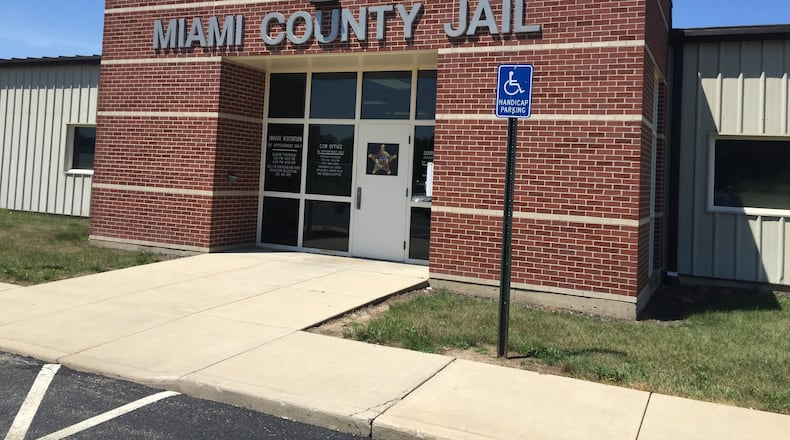The county has a traditional jail with bars in the Safety Building built in downtown Troy in the 1970s. The jail is limited by a federal consent decree to 48 inmates, after overcrowding complaints in the 1980s.
The number housed there usually is higher because the downtown jail houses felony and violent offenders.
The county also has an “Incarceration Facility” built in the late 1990s to house nonviolent offenders. The Incarceration Facility, between Troy and Piqua off County Road 25A, was built with four 60-person pods, and three of those pods are currently available for use. The fourth has not been reopened since the facility was closed entirely during the recession of 2009-10.
The Incarceration Facility was not built to maximum security standards and would need structural changes to walls and addition of a sally port if it were to be converted to maximum security use, according to Capt. Mike Marion, jail administrator.
Among options mentioned over the years has been renovating or adding to the Incarceration Facility and closing the downtown jail.
It is way past time to address the issue, commissioners agreed.
“The downtown jail is terrible. It really is,” said Commissioner Greg Simmons.
Duchak said the county is “looking for a path,” one he thinks starts with a needs assessment followed by a master plan. He said there is a need to educate the public “on what’s going on.”
The consultants walked the commissioners and others through a typical assessment and planning process by the National Institute of Corrections.
“It is a process that goes step by step and, I think, is the path forward you guys are talking about. You have to understand … what the do’s and don’ts are,” Skarr said.
The county would need to seek bids on hiring a firm to assist with the official assessment and subsequent tasks.
Bostwick said key questions to be addressed would include who is in jail and what issues they face. Options might include renovations, expansion or a new facility.
“I don’t think we are looking at renovations. We have two separate jails, two staffs,” Simmons said. Among goals are one facility and to move the sheriff’s office operations and jail out of the Safety Building entirely, he said.
The vacated Safety Building space could be used for offices, Simmons said. Commissioner Wade Westfall said that space could be part of another study the county is looking at doing on compiling information on all space in use or owned by the county.
Sheriff’s Chief Deputy Steve Lord said among issues to discuss is the makeup of the jail population today, where “mental health issues have overtaken behavioral issues.”
Points to keep in mind, the consultants said, were that the biggest cost of any facility will be ongoing operations. Public involvement in the process also is important.
Once a needs assessment is done, the commissioners will have a clearer picture of the direction, Bostwick said. If the decision is to move forward, then project design would begin.
Commission President Ted Mercer said the jail issue is not just the county’s concern. “We need the buy-in of our cities (who use the jails) and the citizens,” he said.
Any project will take years to complete, commissioners said.
Contact this contributing writer at nancykburr@aol.com
About the Author
